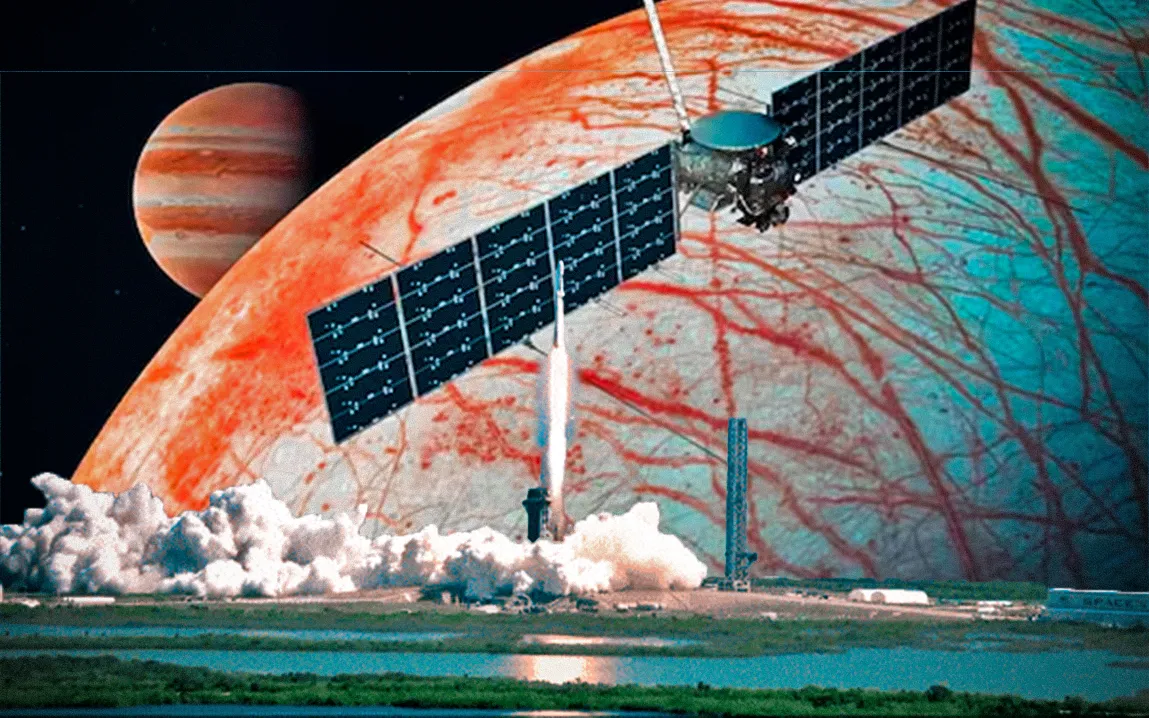24 Starlink satellites launched into orbit from Cape Canaveral, Florida. It was another successful milestone for SpaceX in its endeavor to add more satellites to increase global coverage to be able to reach high-speed internet. The Starlink mission, identified as Starlink 6-69, employed a Falcon 9 rocket using the booster B1080—a booster making its twelfth flight in support of missions that also include Starlink deployments, Euclid, and Axiom missions.
It was supposed to blast off on November 10, but poor weather conditions caused a brief delay; it launched the following morning. Eight minutes into flight, the Falcon 9 booster landed on SpaceX’s droneship “A Shortfall of Gravitas,” stationed in the Atlantic Ocean. The successful landing of booster B1080 constituted SpaceX’s 84th recovery at sea and yet another highlight in its commitment to reusable rocket technology for frequent, cost-effective space trips.
This launch marks the 108th mission of 2024 for SpaceX, further building up the Starlink constellation to reach the ambitious annual goal of 144 launches. The Starlink V2 Mini satellites that have launched on this mission have been designed to enhance network speed and reliability for users, especially those in underserved areas. SpaceX continues its expansion of the Starlink constellation as it works toward its vision for comprehensive, low-latency internet coverage across the world.
It works in increasing mission frequency and satellite capacity as Starlink coverage grows around the world, improving connectivity in rural and concrete urban areas. This is another step in commercial space exploration and another building block of SpaceX toward global communications infrastructure.




